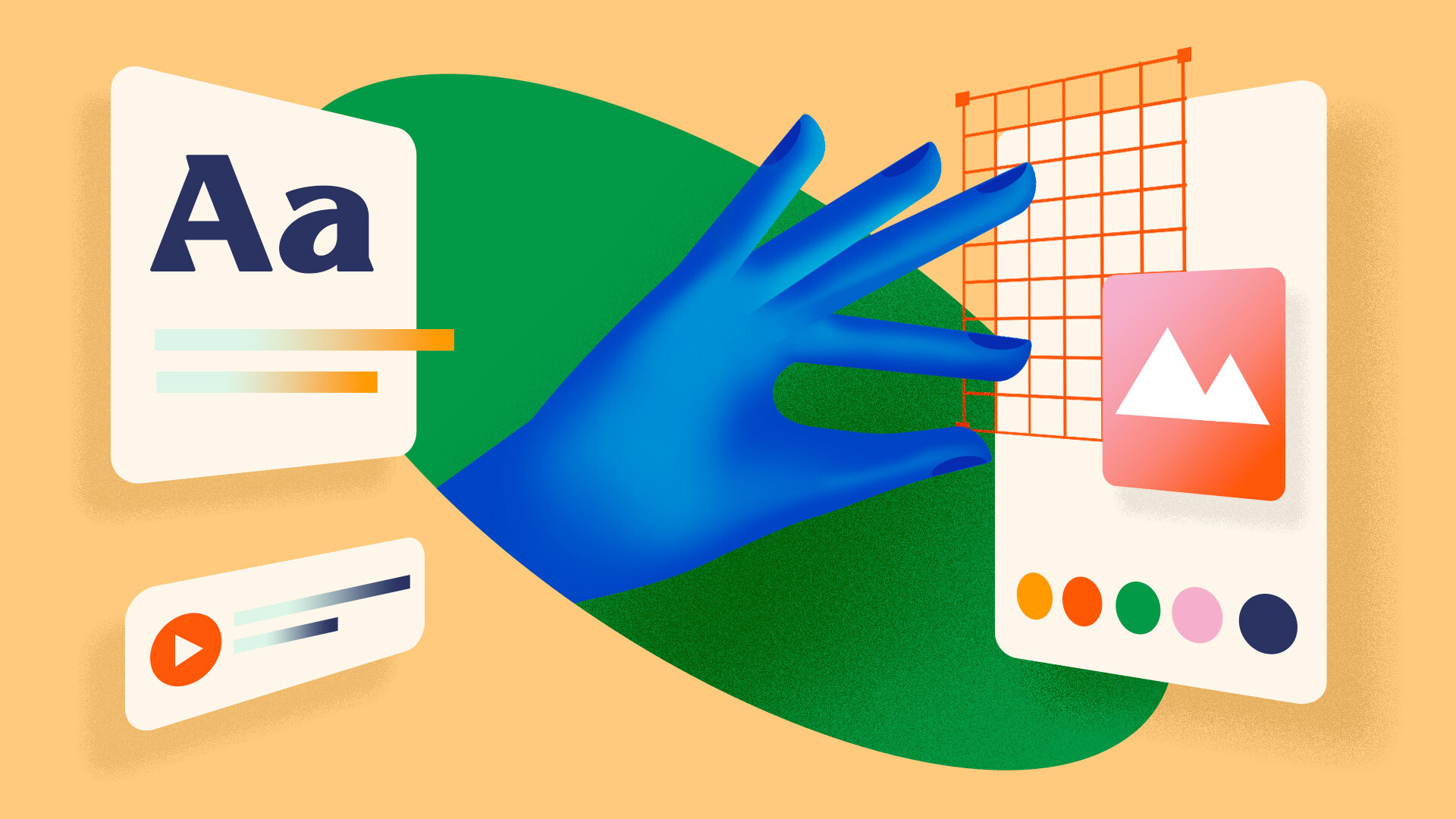There's usually that first question that pops into your head the instant you hear about design systems for the first time, "Is this going to stop me from doing/building anything outside of the system?" and "does this not limit creativity?"
The truth is, your concerns are legitimate. And it's alright for you to ask these questions. I asked them myself. And, it took a while for me to embrace and understand how it works and how much I can do with it. First off, to answer the question, it doesn't.
Design systems are built to simplify the process of working with and within teams. And when done right, should make room for every member of the team to focus on what actually matters instead of having to design every component each time. We can also agree that the consistency and elegance it brings are unmatched. And while it’s become common among every organization/design team, failing to implement it properly could have its disadvantages.
As designers, a big part of the job description/requirement is delivering creative solutions and that requires exploring and experimenting with different approaches. With a system in place, it makes it seem as if one of the most important parts of a designer’s job is being tampered with.
The truth; the design system is a tool intended to make the work of a designer easier by doing away with repetitive tasks of creating and recreating your everyday use components. It’s not a rule book, I prefer to call it a spice book. It tells you what works, and provides the freedom to explore your creative side like Figma, Sketch, Adobe XD… etc. It’s there to help us as designers do more. Not limit what we can do.
Reality; For a design system to be at its best, it has to be built with the people who use it in mind. When done right, it brings consistency, delivery speed, and allows for room to iterate faster and build better products. Badly done reduces greatly the overall design quality and it's a pain in the neck.
Here’s what other designers are saying…
Design system sets some boundaries, but allows you to channel your creative energy where it is needed more: empathy, customer journeys, features. It’s like Lego: it gives you building blocks, but it is up to you what you want to build, how, and why…@sirkotsky
Hot take: if a design system is hindering your team’s creativity, your team is already dealing with cultural barriers to creativity the design system has become a focal point for.@heyjovo
It empowers me to be more creative quickly and focus on the bigger picture of what I'm trying to solve without getting stuck on the details initially. It also allows me to iterate faster and more quickly react to feedback from users too!@aquazie
Design Systems are a Language. Product Is a Conversation. – Marcin Treder

